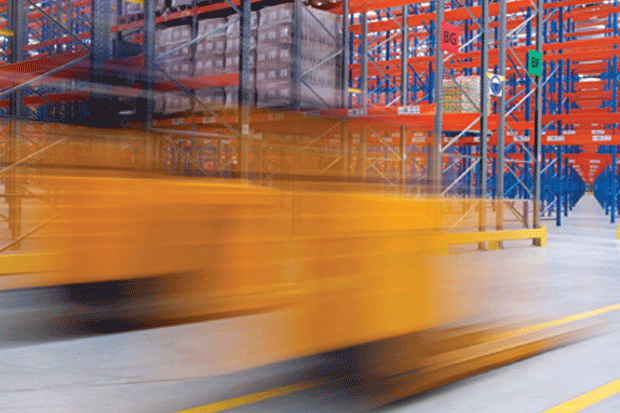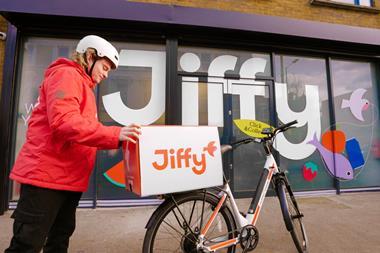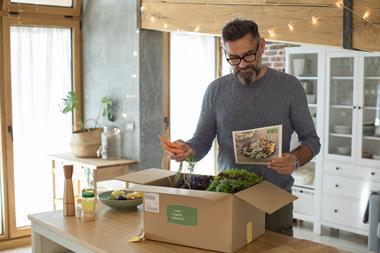
Demand for warehouse space has reached a new record high, but growth is now being driven by stockpiling rather than online retail, according to new analysis.
Having been the biggest driver of record warehouse space take-up in the pandemic, e-commerce has been overtaken by third-party logistics businesses, who are increasingly stockpiling for retailers and manufacturers, according to real estate service firm CBRE.
Take-up of warehouse space was up 10% year on year in the first half of 2022 at 22.6 million sq ft, according to CBRE, which tracks demand for units over 100,000 sq ft.
Having accounted for 42% of total take-up in the first six months of 2021, online retail was only responsible for 13.6% of the space occupied in the first half of this year.
It left third-party logistics as the biggest driver of growth, accounting for 27.6% of the record take-up in the first half of this year, followed by manufacturing at 15%, according to CBRE.
“Over the last two years, online retail has been the dominant force behind the rising demand for logistics space as a result of the recent e-commerce boom,” said CBRE head of logistics Paul Farrow. “However, the pendulum has swung.”
Mike Young, CBRE sales director of UK logistics, said retailers and manufacturers were making more use of third-party logistics businesses to stockpile amid supply chain disruption.
“Ongoing supply chain and shipping disruptions are resulting in longer lead times, which has driven retailers to extend their stock profile in the UK,” said Young. “This is also true for the food manufacturing sector.
“As a result, we are seeing companies that do not have the sufficient infrastructure themselves turning to third-party logistics providers to fulfil this on their behalf.”
Young added: “Another factor is the rise of multi-user facilities. Warehouses often accommodate up to five companies in one unit, utilising one third-party logistics provider. This provides many benefits, from consolidation in transport and distribution and shared warehouse cost.”
Online retail has been in decline this year, following a pandemic-driven boom. IMRG/Capgemini puts it down 2.3% year on year in June, in a slight easing of the “freefall” seen in May, when it dropped 8.7%.
Nevertheless, overall demand for warehouse space has driven vacancy rates to a new record low of 1.18%, according to CBRE.
The first half of this year also saw strong demand outside London, led by a “flurry of activity” in the West Midlands, which accounted for 21.9% of take-up, CBRE said.



















No comments yet